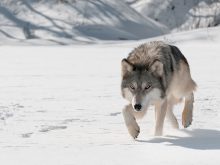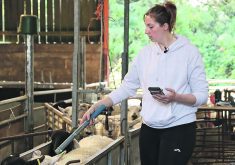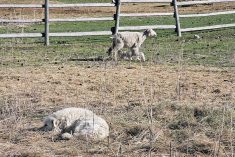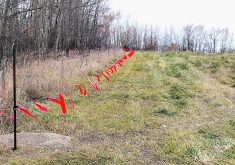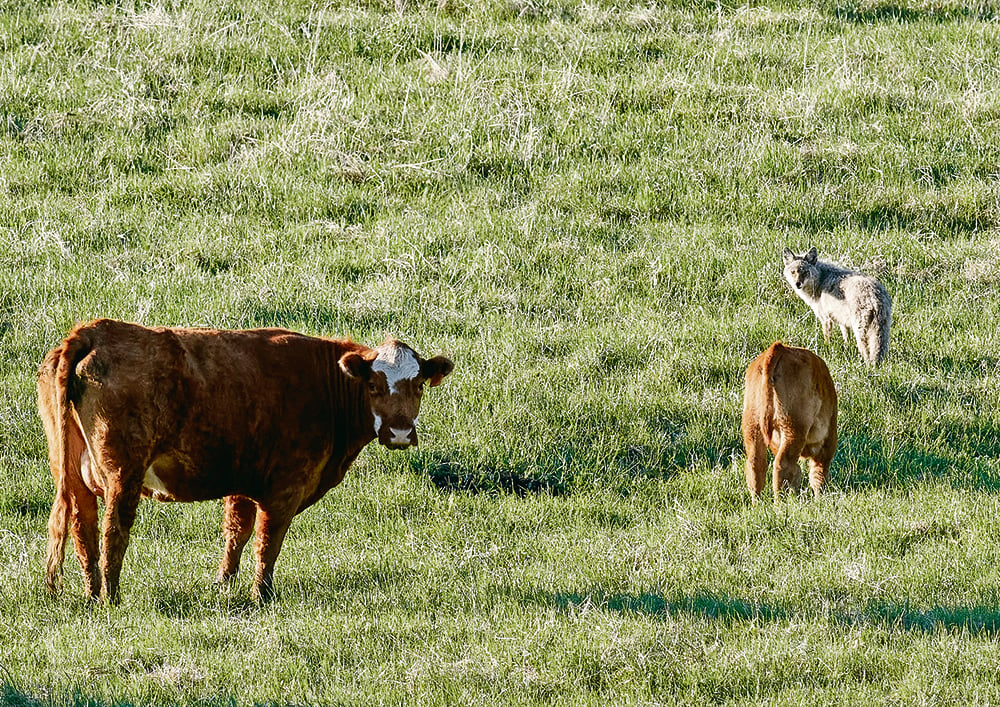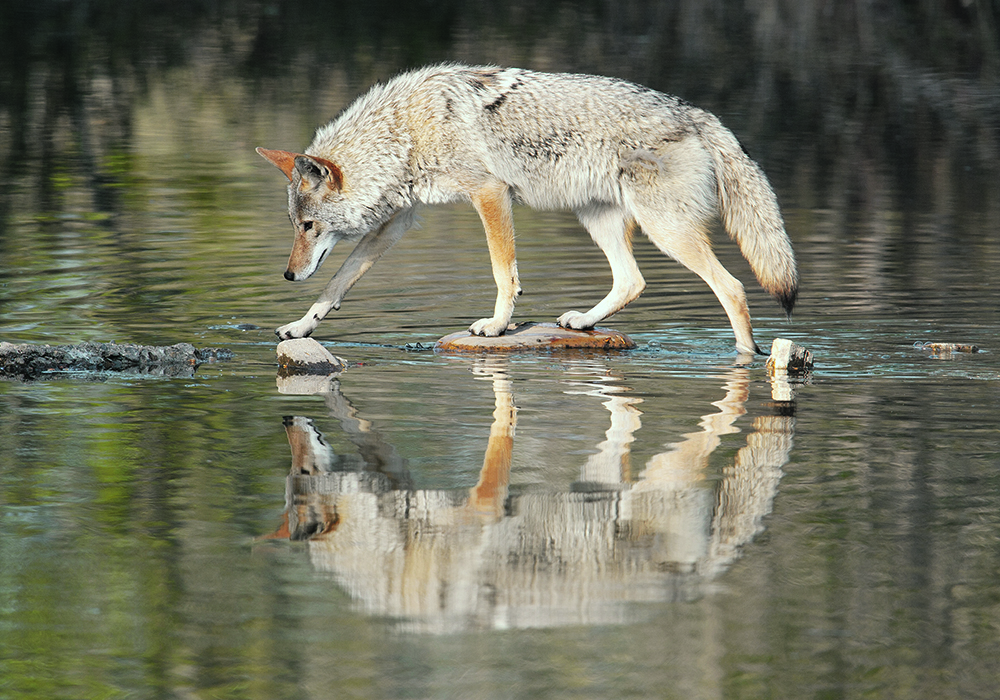Predator losses reduced | Researchers examine how to bond cattle and sheep into flerds to keep coyotes at bay
THORSBY, Alta. — Sheep losses from coyotes were eliminated on research station rangeland when cattle and sheep were bonded together into a flerd, says an American researcher.
Just like in an old western movie where the settlers circled the wagons and the young and vulnerable huddled in the middle for protection, the cows created a circle facing out to the coyote with the sheep in the middle.
Coyotes would kill a sheep every five days at the Jornada Experimental Range near Las Cruces, New Mexico, before researchers began creating bonds between cow herds and sheep flocks to create flerds.
Read Also

Beef cattle more prone to trace mineral deficiencies
The trace mineral status of our cows and calves is a significant challenge for western Canadian producers and veterinarians.
They lost almost half their flock to coyotes in the first 12 months after buying the sheep to work on improved rangeland management. It was a financial hit and was bad for the sheep, but the deaths also played havoc with the research.
Dean Anderson, an animal scientist with the U.S. Department of Agriculture, said researchers tried to control the coyote problem by trapping and snaring, poisoning, shooting from the ground and the air and building electric fences.
“We knew we didn’t have a predator program that was working,” Anderson told a recent sheep and goat symposium hosted by the West-Central Forage Association.
But then Anderson talked to a California farmer who ran cows and sheep together with great success, especially with predator control.
The farmer weaned his cows and sheep at the same time and brought them into a corral where they stayed together and were fed a creep ration. The two groups seemed to stay together when they returned to pasture.
Anderson didn’t know if he could recreate the same conditions on the 193,000 acre research station, but he needed a better solution for coyote losses.
The researchers started by placing heifers and sheep in the same small pen, where they ate and slept together for 30 days.
The two groups continued to bond with each other once they were placed on the range.
“We found out they could create a bond in a field.”
The cows decided where the flerd would graze, and the sheep would follow.
“It was a little below a cow’s dignity to follow a sheep,” said Anderson.
Range management was an unexpected bonus because the sheep would follow the cattle instead of overgrazing a lush piece of grass.
“We were able to spread the grazing pressure over the landscape with the flerd concept,” he said.
The research wasn’t perfect.
An experiment that looked for the ideal age of sheep to create a bond put the two species together when the sheep were 45, 60 and 90 days old.
Sheep at 45 and 90 days old were well bonded, but not the 60 day old animals.
The researchers concluded that two cranky heifers in the pen with the 60-day-old sheep didn’t get along and refused to let the animals eat together. Bonding failed not because of the sheep’s age but the personality of the animals.
“If you see an animal being abused by other animals, they won’t create a bond.”
He said staff should have replaced the heifers with ones with a better temperament instead of letting the sheep be bossed around.
Sheep from 45 days to 18 months all bonded well with cattle.
Another experiment accidently placed a wether, or castrated male lamb, in the bonding pen with a group of ewes. It seemed to form a tighter bond with the cattle for the rest of its life than did the ewes.
Anderson didn’t do as much research with goats, but he found that hair goats seemed to bond with cows and sheep better than meat goats.
Another experiment placed 24 non-bonded sheep with a flock of 24 sheep that were already bonded to cattle. The non-bonded sheep stuck with the bonded group.
Anderson said they also looked at how to introduce newly bonded sheep to an existing herd. The re-searchers initially added one or two every three days and slowly in-creased it until the flock was integrated. Ensuring the bonds don’t break in a large pasture is important.
Anderson said it’s necessary to create ways for the bonds to stick, especially if the flerd has not been together long.
For example, producers who have two waterers in a field should shut off one and force the herd to come together to drink at a single waterer until the bond is established.
“Once a bond is established, it will not break down. When animals are truly bonded, you can put them in dense bush and they will stick together.”
The sheep don’t bond to specific animals within the flerd. As a result, changing the cattle won’t affect the bond.
Some sheep breeds respond more favourably to bonding than others. The white-faced sheep that Anderson worked with all bonded well. He never worked with black-faced sheep but heard they don’t always bond as easily. Another benefit of the flerd is that it creates a virtual sheep proof fence.
Sheep that aren’t bonded to cattle escape through fences designed to hold only cattle, but bonded sheep don’t leave the cattle and wander outside the fence, even if the fence has wires high off the ground.



